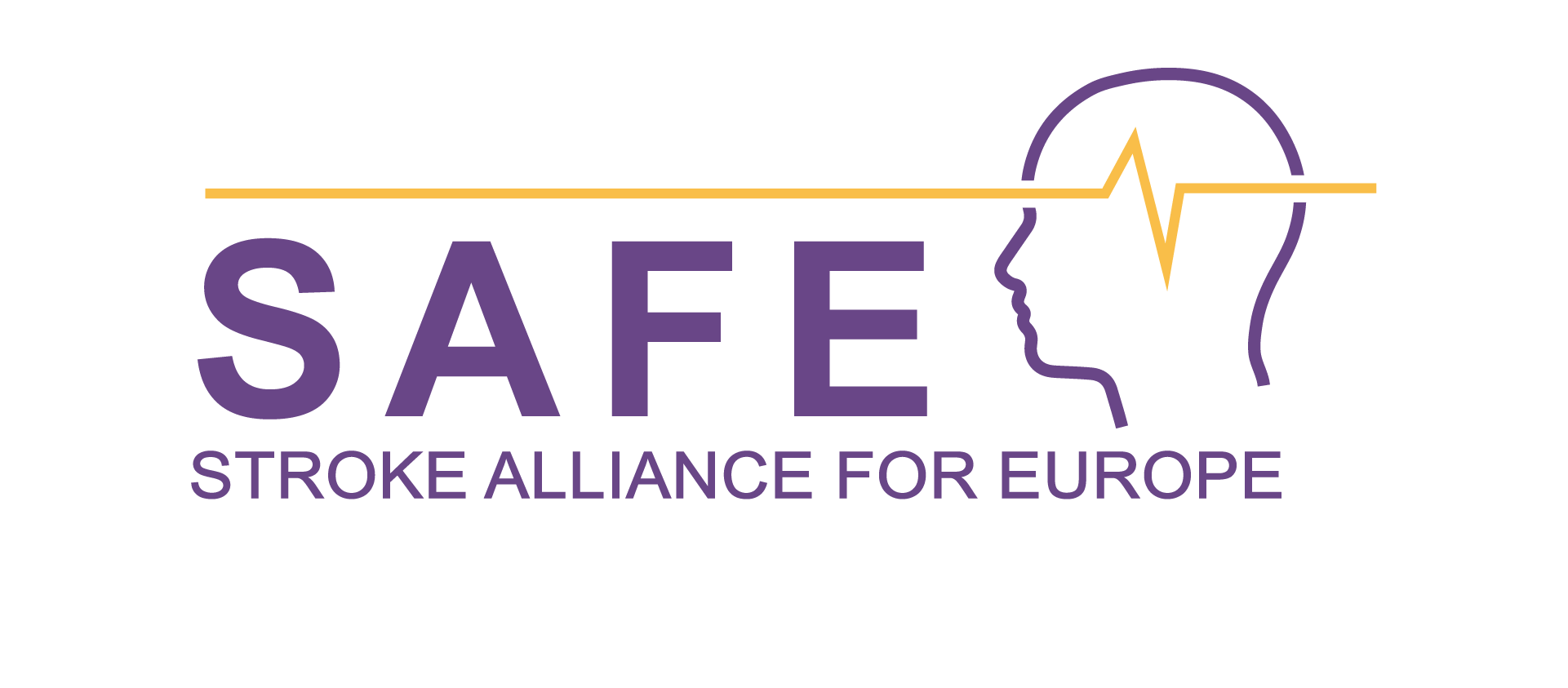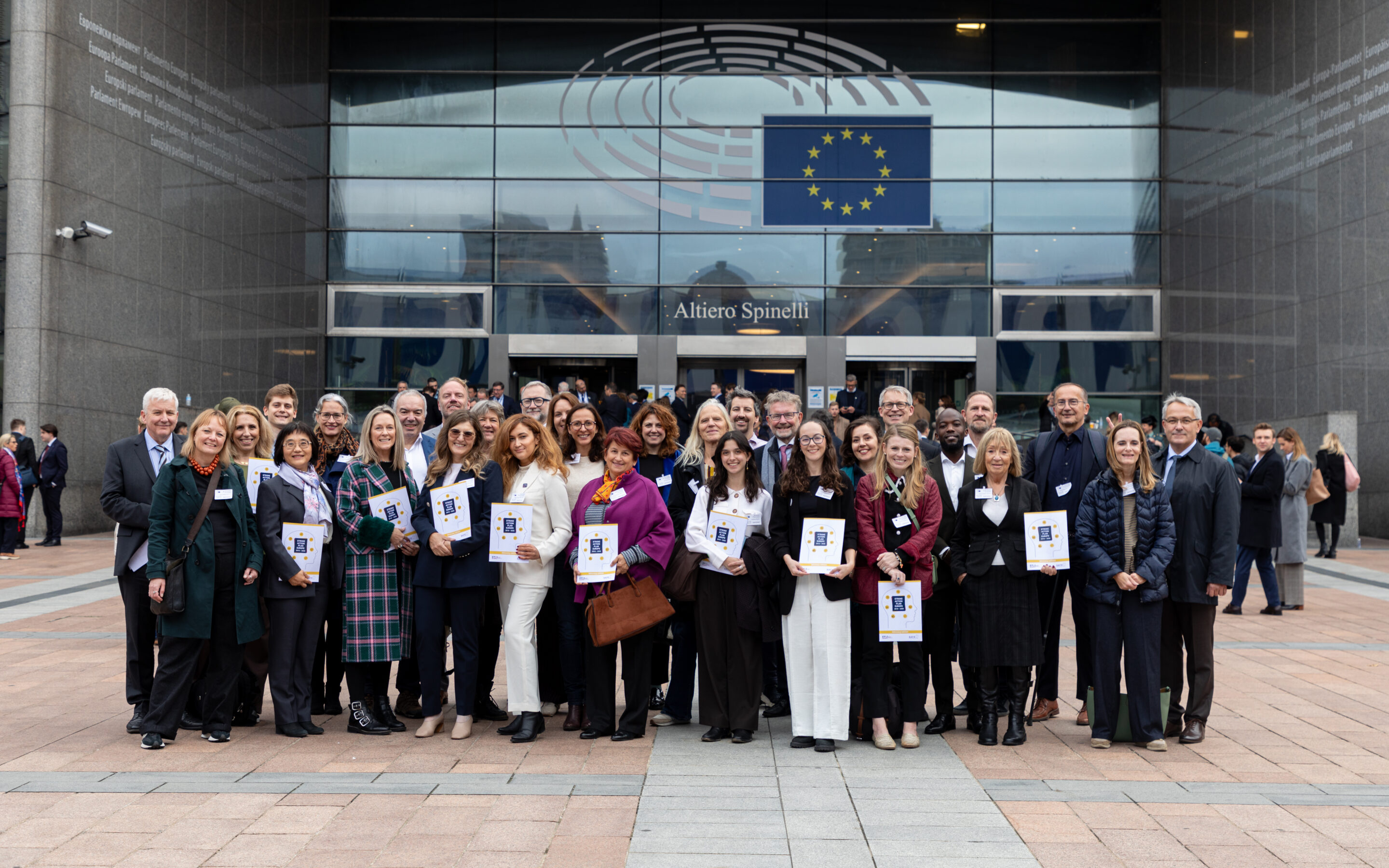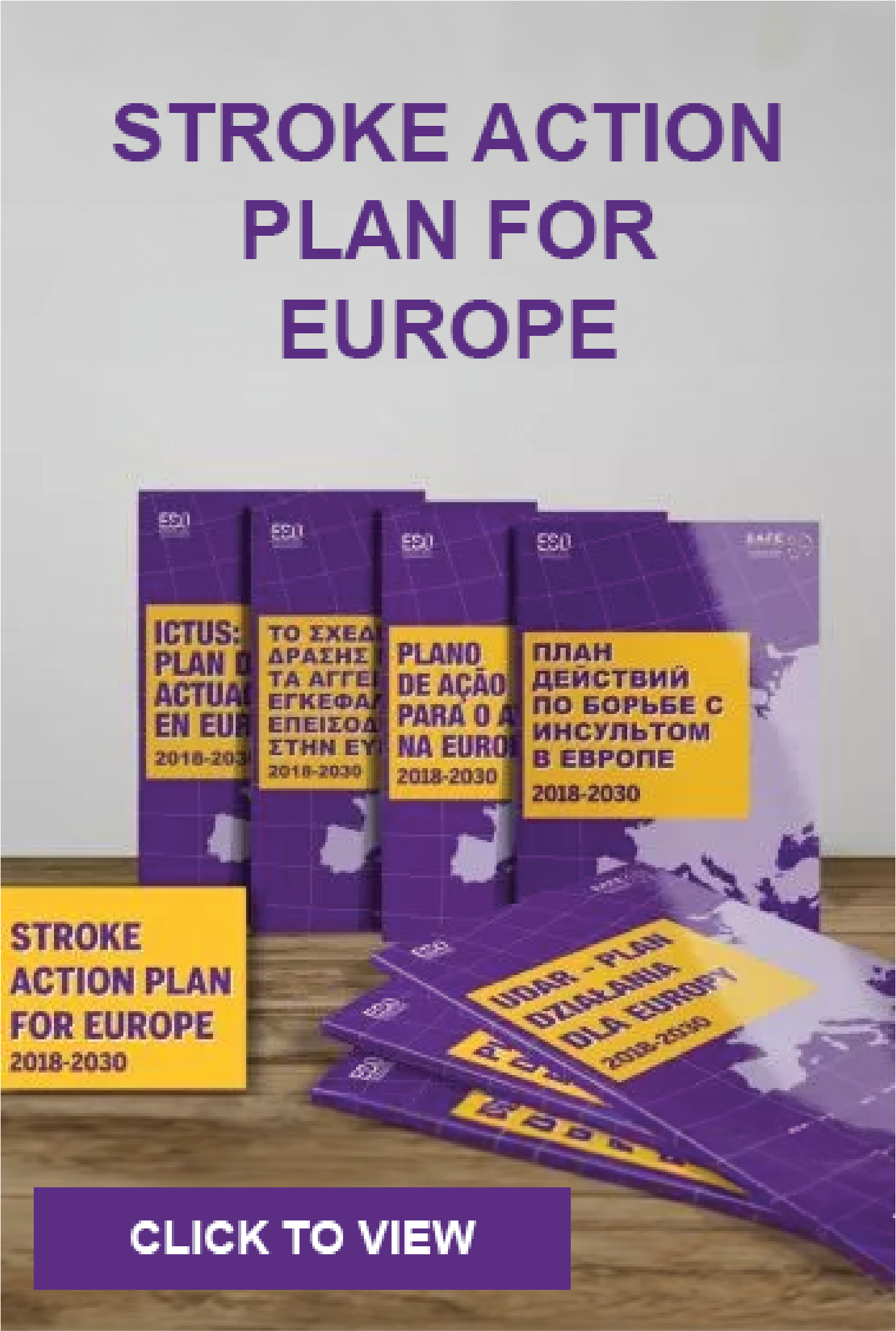On Tuesday, stroke took centre stage at a European Parliament event in Brussels, where policymakers, people with lived experience, healthcare professionals, researchers, stroke support organisations and stroke advocates came together to call for urgent action to address lack of stroke research and persistent inequalities in stroke prevention, treatment and long-term care across Europe.
The recent World Health Organisation ‘Global status report on neurology’ highlights that stroke is the top neurological disorder contributing to health loss globally. Europe faces over 1.1 million strokes each year, causing nearly 460,000 deaths. Nearly 10 million people live with stroke’s long-term effects. The economic burden is immense and is projected to rise to €86 billion by 2040 without urgent reform. Stroke is the second leading cause of death and the leading cause of adult disability in Europe.
The event, “Closing the Gaps in Stroke Care: A Call to Action for Europe”, hosted by MEP Kelleher (Ireland) and MEP Jerkovic (Croatia), Stroke Alliance for Europe (SAFE) and the European Stroke Organisation (ESO), highlighted the critical need to act now and embed stroke as a key pillar into the upcoming EU Cardiovascular Health Plan and broader brain health strategies, and to use the Stroke Action Plan for Europe as the framework for this.
“Too many lives are cut short or permanently altered because access to prevention, acute treatment, rehabilitation and long-term support depends on where you live,” said Arlene Wilkie, Director General of SAFE, “With the upcoming publication of the Stroke Action Plan for Europe, we now have a clear roadmap. What we need is EU leadership to help Member States turn this evidence into action.”
The event featured contributions from Members of the European Parliament – Billy Kelleher (Ireland) and Romana Jerkovic (Croatia), Marianne Takki from DG Sante, Katherine de Bienassis from the Organisation for Economic Co-operation and Development (OECD), people with lived experience, ESO and SAFE.
Discussions underscored the urgent need for a coordinated European approach to closing the gaps in stroke care, supported by stronger alignment between EU and national health policies across five key areas:
- Prevention: Systematic screening for hypertension and atrial fibrillation, sharing best practices across Member States.
- Acute care: Expanding access to dedicated stroke units, emergency coordination and life-saving interventions such as thrombolysis and thrombectomy.
- Rehabilitation: Ensuring early, intensive, multidisciplinary rehabilitation with EU support for scaling up community and outpatient services.
- Life after stroke: Embedding long-term support, including mental health and reintegration programmes in national frameworks.
- Research and monitoring: Establishing EU-wide registries, quality indicators and embedding stroke in EU health and research agendas.
“As the EU prepares to shape its cardiovascular and brain health priorities, stroke must be recognised as a cornerstone issue,” said Professor Simona Sacco, ESO President, “This is the moment to move from fragmented efforts to a coordinated European approach.”
“I have lived experience of stroke, I know first-hand how life can change in an instant, and how much harder recovery could have become if support would have been fragmented or simply not there. Too many Europeans are left to navigate complex health systems on their own, facing barriers to rehabilitation, returning to work and rebuilding their lives”, said Associate Professor Melinda B Roaldsen, who is a medical doctor and stroke scientist with lived experience from Norway. “This event has given us a chance to change that. By asking MEPs and policy makers to bring stroke into the heart of EU health policy, they have an opportunity to make sure that every person, no matter where they live, has timely access to treatment, quality rehabilitation and long-term support. For me, this isn’t just about statistics or policy. It’s about dignity, independence and hope for millions of people and families across Europe.”





